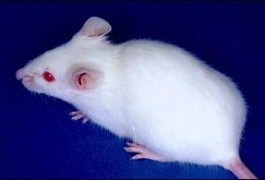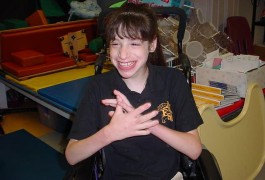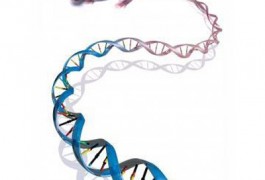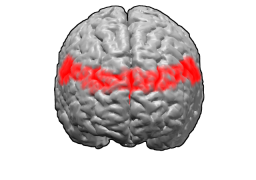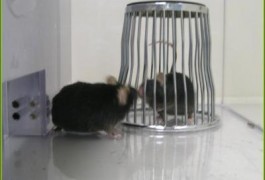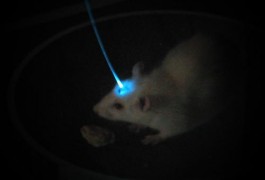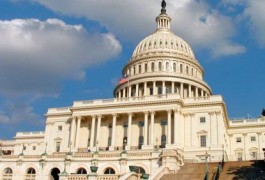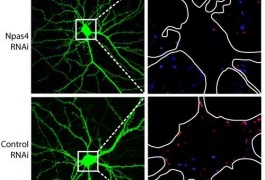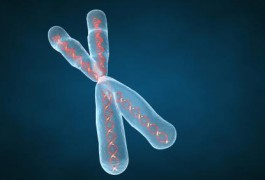GAP43 mutant mice mimic autism
Mice missing a copy of GAP43, a gene involved in the development of axons ― the thin strands that conduct electrical signals between nerve cells ― show biological and behavioral parallels to autism, according to unpublished research presented in a poster session today at the Society for Neuroscience conference.
